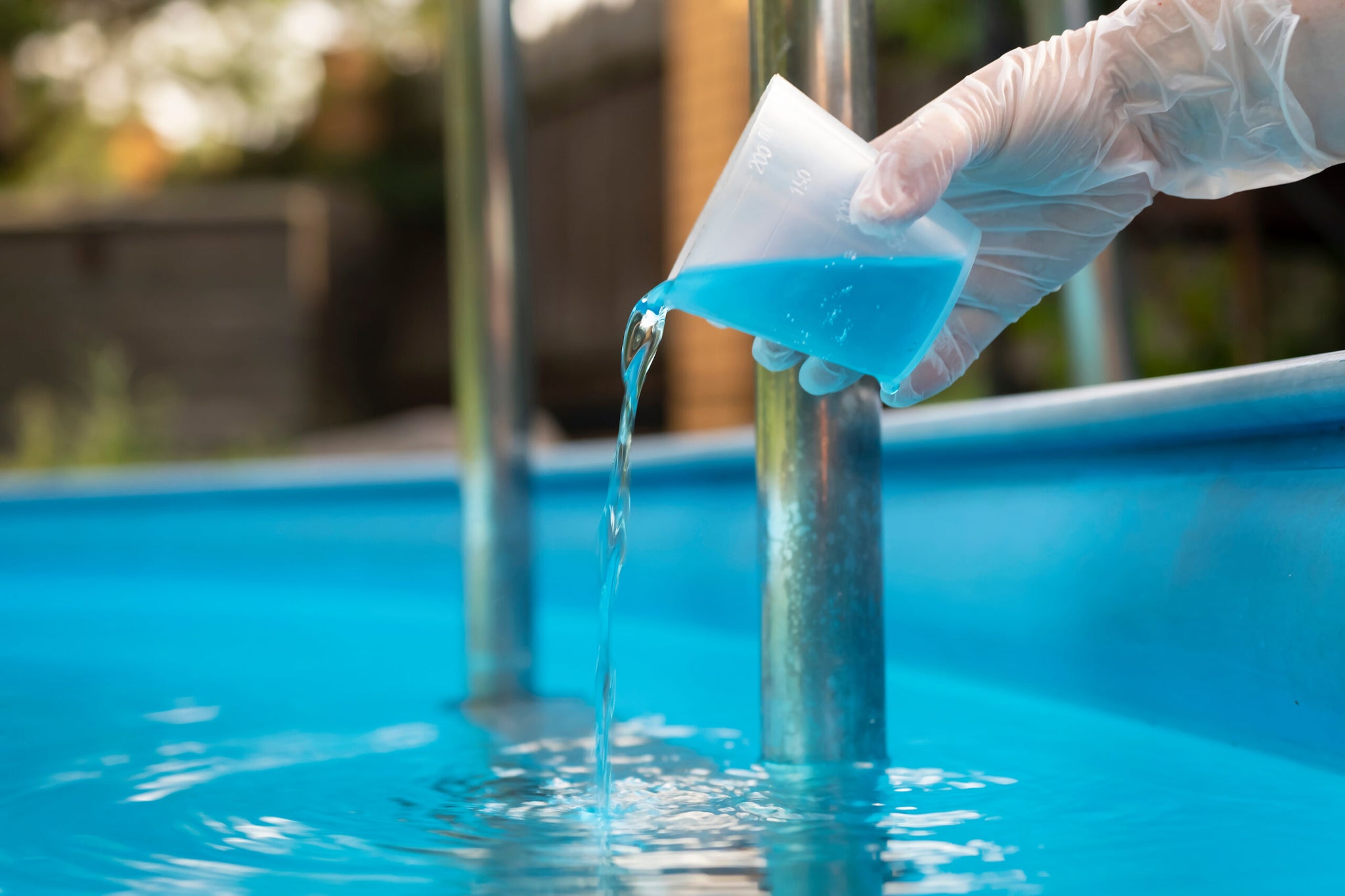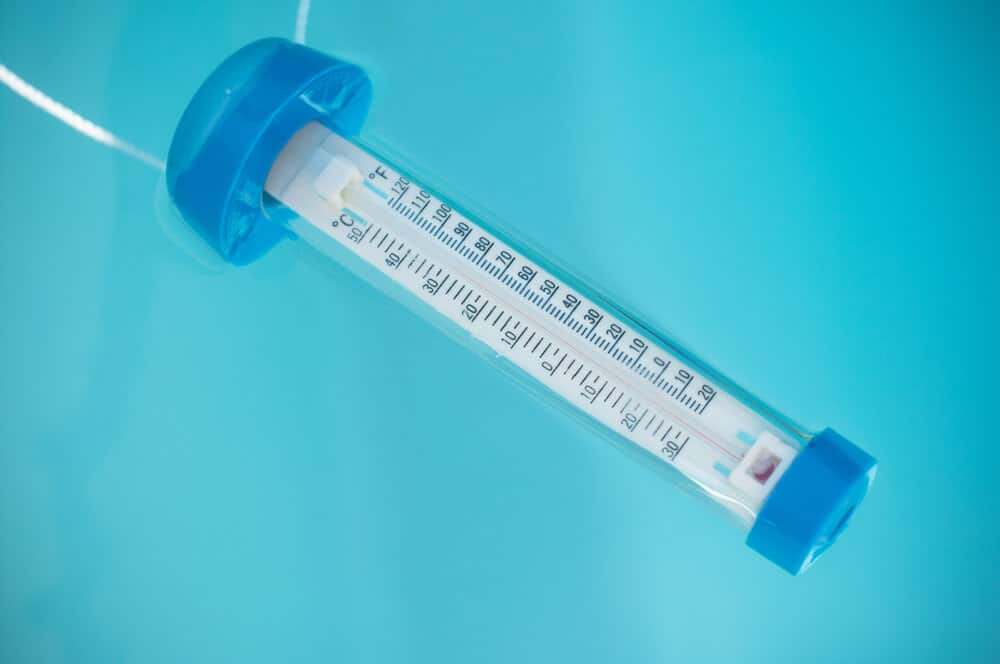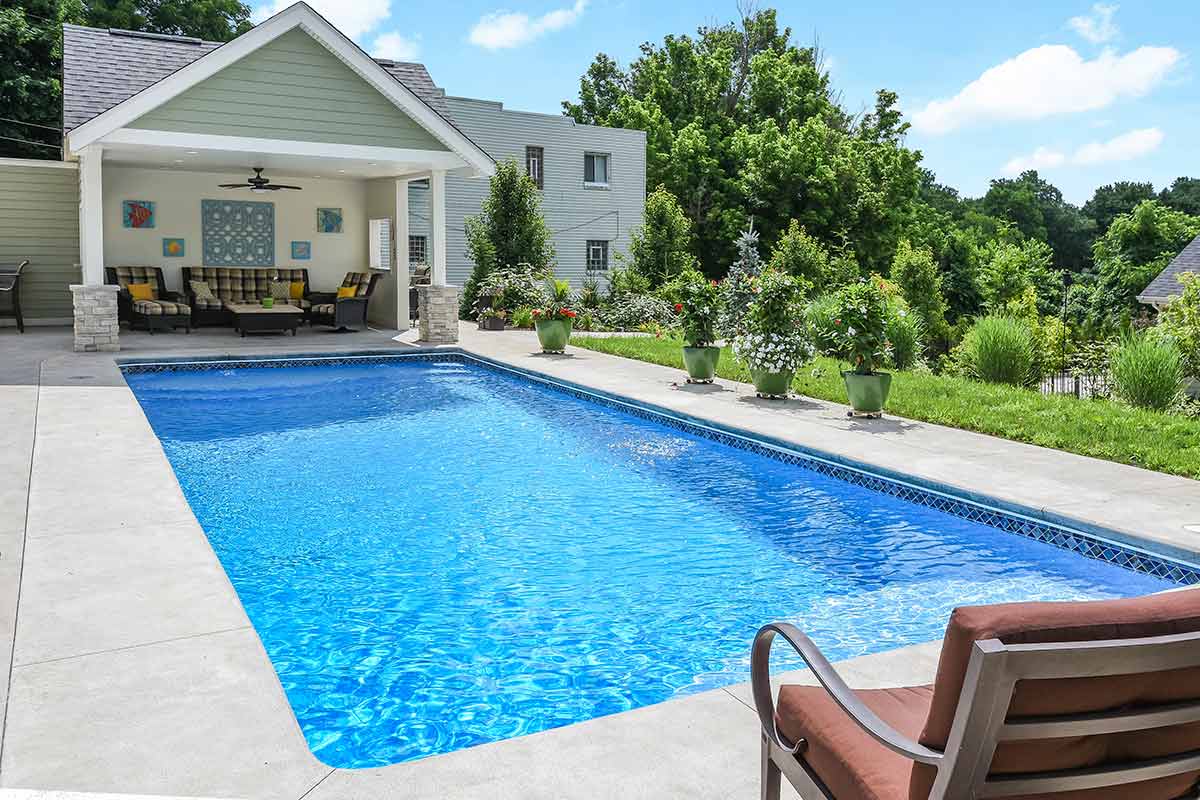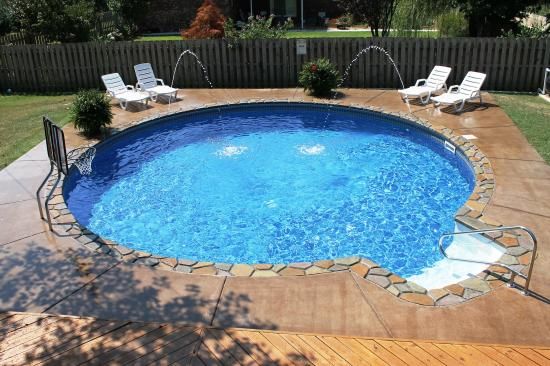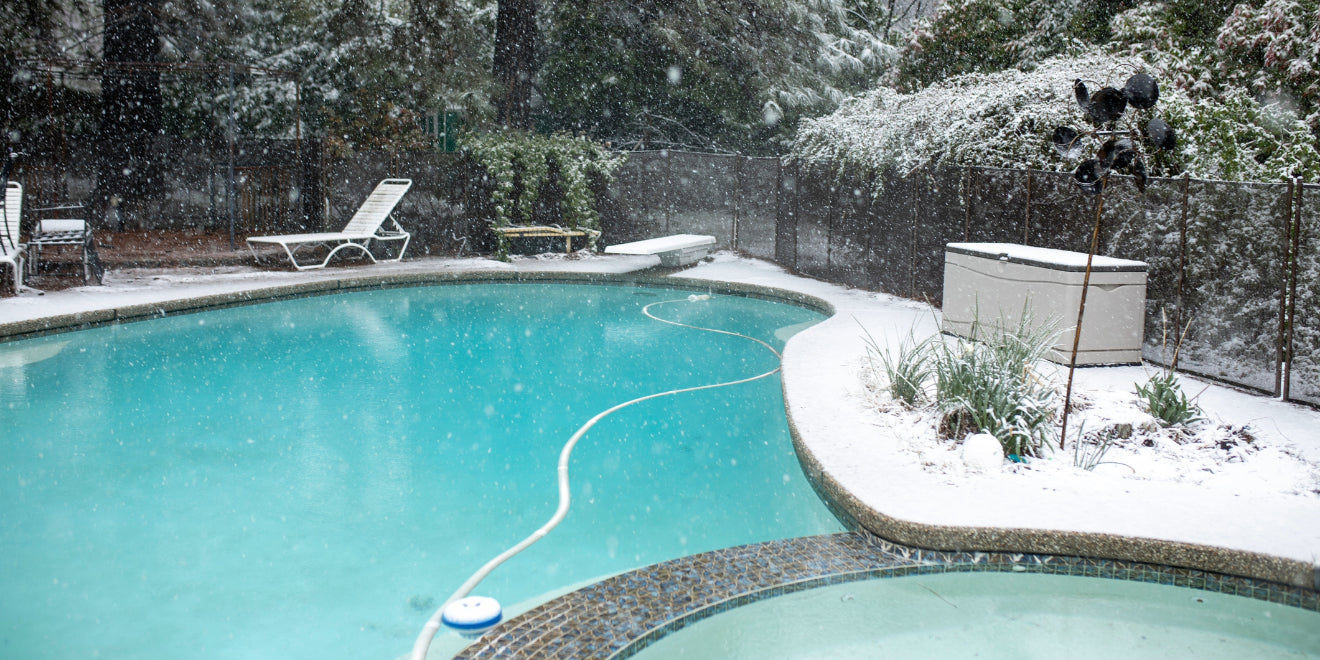
Benefits of a Retractable Pool Cover & Pool Maintenance
Once you decide to own a swimming pool, you are making a commitment. After all, this structure cannot fend for itself, and it is far from being maintenance-free. It is essential for you to keep the water safe and sanitary. This task involves a regular routine of testing and adding chemicals. You need to keep the sanitizers, water hardness, and acidity within appropriate levels. Needless to say, you need to have some knowledge of the chemical components of your pool.
Chemicals play an important role in the cleanliness of your pool. Moreover, they take up a huge chunk of your maintenance budget. However, you may notice that you are topping them off more frequently than usual. Well, there are various reasons behind this, and there is a way to prevent this problem.
In this article, we are going to discuss why it is essential to balance the chemicals in your pool. We will also share how installing a retractable pool cover can positively affect your swimming pool maintenance.
Why is it Crucial to Maintain Right pH Levels?
The pH level of your swimming pool is the measurement of the water’s acidity/alkalinity. Ideally, they should range between 7.2 to 7.6, leaning towards the alkaline side. If the pH levels are not within this range, you will find it challenging to maintain sufficient chlorine levels. It is worth noting that alkaline and acidic water degrade hypochlorous acid quickly. This substance is the essential sanitizing agent in a chlorine swimming pool.

Before you can make proper chemical adjustments to your pool, you need to ensure the right pH levels of the water first. You must use dry acid or muriatic acid to lower pH. On the other hand, using soda ash or baking soda will allow you to raise the pH.
Ideally, the free chlorine concentration of your swimming pool should be between one and three parts per million. Keep in mind that ‘free chlorine’ is different from ‘total chlorine.’ As chlorine sanitizes the water, it forms compounds with the contaminants. Once the compounds have been formed, the chlorine substance in the water will no longer be available for use. So, to make the chlorine usable, you need to break up these compounds by shocking the water.

The Causes of Chlorine Loss in Swimming Pool
As you can see, a lot of work comes into balancing the chemicals in your swimming pool. As many pool owners know, these sanitizers, including chlorine, are crucial in keeping the water healthy and clean. Keep in mind that they keep the pool germ-free and safe for swimming. However, all your efforts to maintain the right chemical levels can come to waste because of chlorine loss.
It is not unusual to add chlorine to your pool from time to time. However, it is important to keep track of how frequently you perform this maintenance step. Ideally, it is not necessary to add chlorine to the water for more than twice a week. At least once or two times a week is enough to keep the chlorine levels at around 3 ppm.
However, if you notice that you are adding chlorine several times a week just to maintain the cleanliness of your pool and its pH levels, then it is likely that you are dealing with more chlorine loss than the usual. There are various factors that cause this problem, and we will discuss them in the following points.
How Evaporation Affects the Chlorine Levels of a Swimming Pool
If you want a simple way to understand evaporation, just look at a pot of boiling water and wait for it to turn into steam. After letting the water boil for a couple of minutes, you will notice that the water level in the pot has substantially dropped. The evaporation process involves water turning into gas and dissipating due to increasing temperature.
Without a retractable pool cover, a pool is prone to higher evaporation rates. During summers when the temperature is high, the evaporation rates tend to increase, causing the water level in the pool to drop quickly. According to the Department of Environment and Natural Resources of the Northern Territory of Australia, under the harsh sun, up to 300 liters of water evaporates within a single day, taking chlorine and other essential chemicals with it. It is worth noting that water temperature and other environmental conditions like wind and humidity affect the evaporation rate.
Thankfully, there is an effective solution to reducing the evaporation rate of pool water. You can install a retractable pool cover. Think of it this way: when you want to retain the moisture and heat in a boiling pot of rice, you put a lid on it. The same is true with swimming pools. You can cover your pool to keep it warm and full.
According to a research study, pool covers can reduce evaporation by about 95%. As such, you can retain more water in the pool and reduce the number of times you top up the chemicals. Aside from those, installing pool covers can also keep the warmth inside your pool. After all, the process of evaporation also takes the away the heat generated by your heat pump. Meanwhile, with a retractable pool cover, you will be able to trap the warmth inside the pool, reducing the amount of time you operate your heat pump.
High Levels of Contaminants = High Chlorine Loss
Keep in mind that the more contaminants residing in the water, the more chlorine your pool consumes. It is only natural for chlorine levels to drop as the substance attacks the contaminants. However, this should happen at a gradual rate. So, if you notice that this is happening fast, it is likely that there are high levels of contaminants in your pool.
There are a few common types of contaminants that can lead to chlorine loss. For instance, organic materials like twigs, leaves, and debris can soak up the chlorine. Moreover, rainwater can affect the pH levels of the pool, which is essential in controlling the effectiveness of chlorine.
On the other hand, there is a way to prevent the contaminants from consuming the chlorine in your water—block them in the first place. With a retractable pool cover, you can keep the leaves, twigs, and debris from falling into the water. Aside from that, you can prevent the environmental elements, including wind from affecting the pH levels of your pool.
Indeed, the right pH and chlorine levels are crucial components of a safe, healthy, and clean swimming pool. However, all your efforts can come to waste because of high evaporation rates and contaminant levels. So, if you want less chlorine loss, you should consider installing a retractable pool cover.

